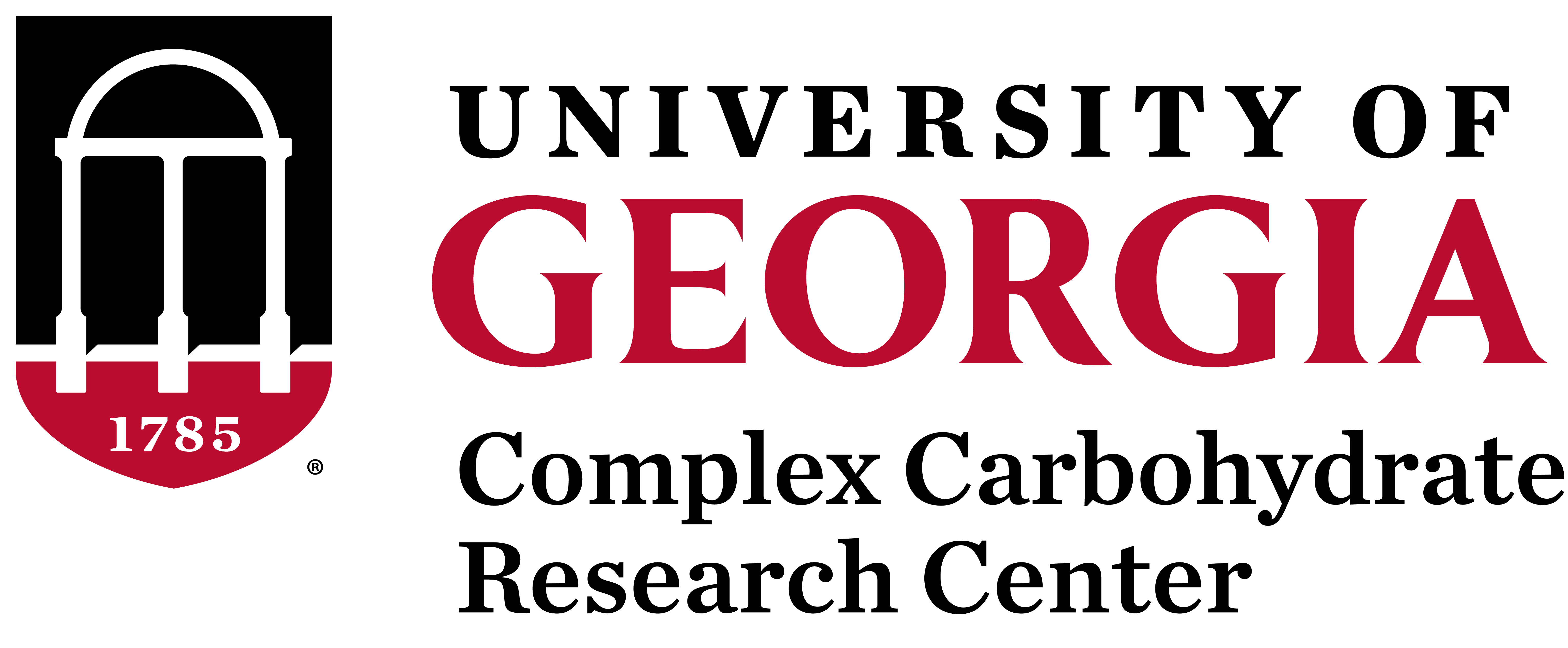Michael Pierce


Short Biography:
Dr. Pierce received his Ph.D. in biology in 1980 from the Johns Hopkins University. Prior to joining the CCRC in April 1991, Dr. Pierce was assistant then associate professor in the Department of Cell Biology and Anatomy at the University of Miami School of Medicine and Staff Investigator of the Papanicolau Comprehensive Cancer Center. In 1988 he was the recipient of a five-year Faculty Research Award from the American Cancer Society. He now serves on the editorial boards of the Journal of Biological Chemistry and Glycobiology. He now serves as Co-Chair of the Alliance for Glycobiologists for Cancer Detection, the Cancer Biology Chair of the Consortium for Functional Glycomics, and 2015 President of the Society for Glycobiology. He is P.I. of the NIGMS National Center for Biomedical Glycomics and Co-P.I. of the NIH Glycoscience Predoctoral Training Program (GTP). His funding comes from NIGMS and NCI.
Research Interests:
Glycan structures change during oncogenesis; these changes are often hallmarks of cancer progression. Our lab investigates:
What are the precise glycan structural changes that occur?
How these changes are regulated at the molecular level?
What are the functional consequences of these changes?
Can these changes be exploited to develop potential diagnostics or therapeutics?
We isolated a cDNA encoding a glycosyltransferase whose activity and product is increased in many cancers, particularly epithelial-derived and showed that its transcript was upregulated via the ras-raf-ets oncogenic signaling pathway.
Our main focus now is on a unique N-glycan whose expression is only on a few proteins in the human genome (protein-site-specific) and appears to be an excellent marker for pancreatic carcinoma.
Discovery of a novel family of innate immune lectins
The X-lectin family is found in deuterostomes from the sea cucumber to man
Over 240 sequences from lectins in this family are now in the database
We isolated the Xenopus laevis cortical granule lectin and with Kelley Moremen showed that it had two human homologs
These human homologs, the intelectins, are constitutively expressed in various endothelial cells, Paneth cells, and are induced in respiratory and intestinal epithelia by IL-13, an innate immune cytokine produced by immune cells
Recent results show intelectin-1 binds and kills specific pathogenic bacteria
We are defining the specificities of the binding sites on various intelectins and working to discover their structures and functions
Here is a recent seminar that I presented as part of the Goldstein Lectureship, University of Michigan Department of Biochemistry and Molecular Biology.
